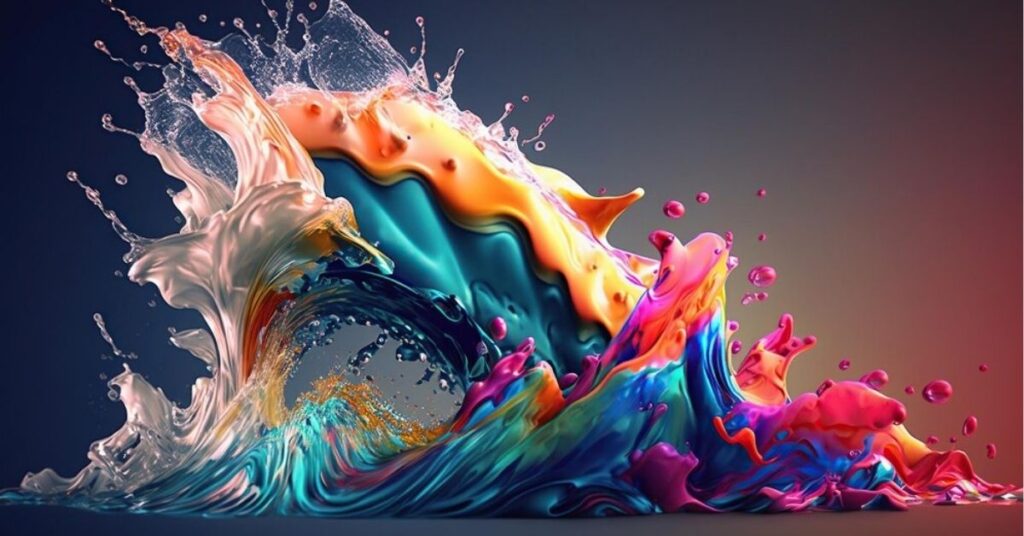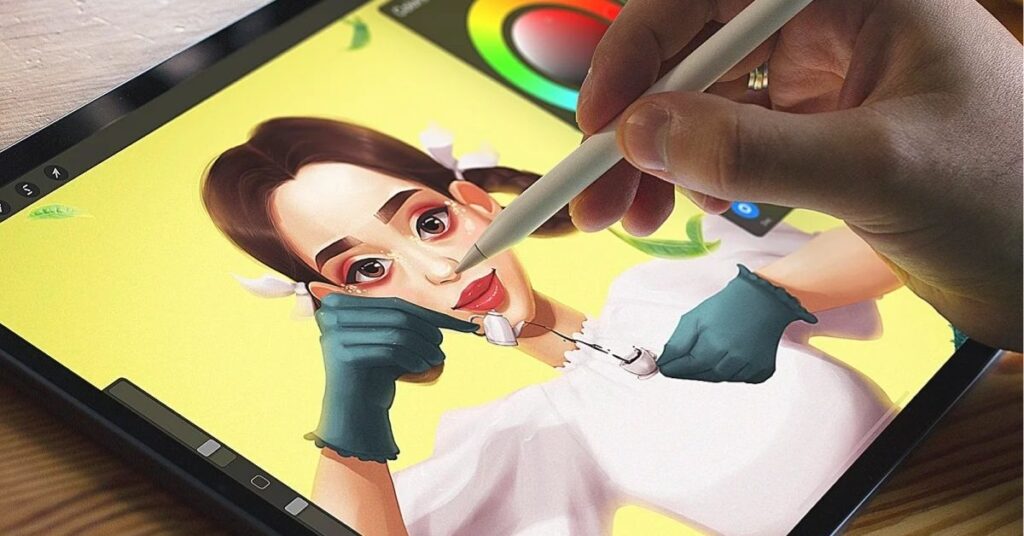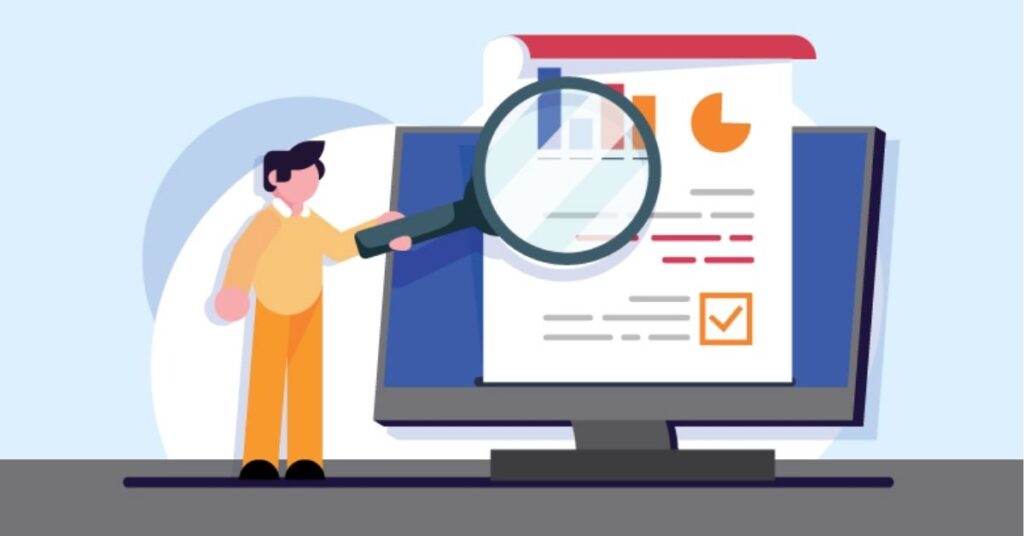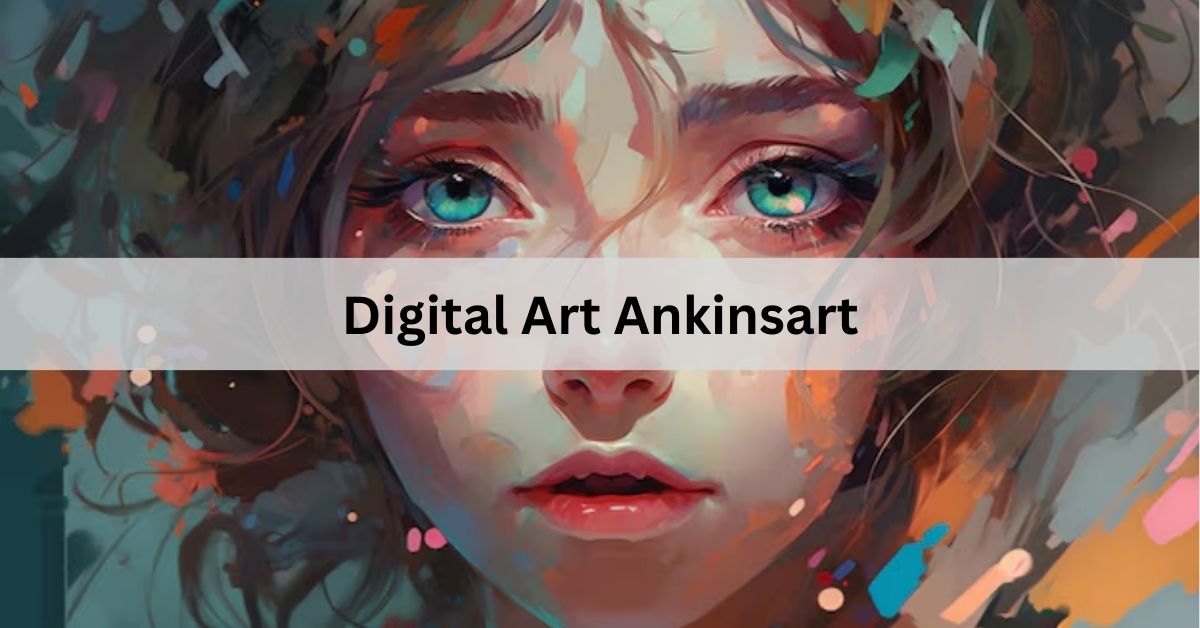Digital Art Ankinsart – A Comprehensive Guide to the Unique Style and Techniques!
Ankinsart has made significant strides in digital art by combining traditional techniques with modern tools, creating a unique and engaging style. This article explores Ankinsart’s rise, benefits, and offers practical advice for aspiring digital artists, from tool selection to monetization.
Introduction:
Digital art has revolutionized the way we create and experience visual expressions, and within this dynamic field, Ankinsart has emerged as a notable player. This article explores the rise of Ankinsart in the digital art landscape, its unique aspects, and the benefits it offers.
We will also provide practical advice on creating your own digital art, engaging with the community, and monetizing your work. Whether you’re an aspiring artist or simply interested in the digital art scene, this guide offers valuable insights.
The Rise of Digital Art Ankinsart:

Understanding the Uniqueness of Ankinsart:
Ankinsart represents a fusion of traditional artistic techniques with modern digital tools, resulting in a distinct visual style that stands out in the digital art world.
What sets Ankinsart apart is its innovative approach to blending various artistic elements, including vibrant colors, intricate designs, and dynamic compositions.
This uniqueness is not just about the aesthetic but also about how the art engages with the audience and utilizes digital platforms.
Building a Brand through Audience Engagement:
Ankinsart’s success can be attributed to its effective brand-building strategies. Engaging with the audience through social media, interactive content, and personal storytelling has played a crucial role.
By consistently sharing behind-the-scenes content, engaging in conversations, and responding to feedback, Ankinsart has fostered a loyal community of followers.
This direct interaction not only enhances brand visibility but also creates a strong emotional connection with the audience.
Case Study (Ankinsart’s Journey to Success):
Ankinsart’s journey from a budding artist to a recognized name in the digital art space illustrates the power of combining creativity with strategic planning.
Starting with a strong online presence and leveraging various digital marketing techniques, Ankinsart gradually built a reputation for originality and quality.
The artist’s use of social media platforms, collaborations with influencers, and participation in digital art communities played a significant role in this success story.
Benefits of Digital Art Ankinsart:
Flexibility and Accessibility:
One of the primary advantages of digital art is its flexibility. Artists can experiment with different styles, techniques, and tools without the constraints of traditional media.
Digital platforms offer a wide range of creative possibilities, from animation to interactive art. Additionally, digital art is highly accessible, allowing artists to reach a global audience and engage with their work from anywhere.
Eco-Friendly Artistic Expression:
Digital art is an environmentally friendly alternative to traditional art forms. By eliminating the need for physical materials such as paints, canvases, and solvents, digital art reduces waste and minimizes the environmental impact associated with art production.
This eco-friendly aspect is becoming increasingly important as artists and consumers alike become more conscious of sustainability.
Enhanced Collaboration and Sharing:
Digital platforms facilitate easier collaboration between artists and other creatives. Tools such as shared workspaces, cloud storage, and real-time editing enable seamless teamwork.
Additionally, digital art can be easily shared and distributed through social media, online galleries, and digital marketplaces, allowing for greater exposure and feedback from a wider audience.
Read: Article Betterthistechs – Key Features and Benefits
Creating Your Own Digital Art Ankinsart:

Choosing the Right Tools:
To create high-quality digital art, selecting the right tools is crucial. Software options like Adobe Photoshop, Procreate, and Corel Painter offer a range of features for digital painting and illustration.
Additionally, a high-resolution tablet and stylus can enhance your ability to create detailed and precise artwork. Experimenting with different tools will help you find the ones that best suit your artistic style and needs.
Developing Your Unique Style:
Developing a unique style is essential in standing out in the digital art community. Start by exploring various artistic techniques and influences to discover what resonates with you.
Practice regularly and refine your skills to create a distinctive visual language. Your style should reflect your personal vision and artistic voice, setting you apart from other digital artists.
Practical Tips for Improvement:
Continuous improvement is key to success in digital art. Here are a few practical tips:
- Practice Regularly: Consistent practice helps enhance your skills and creativity.
- Seek Feedback: Constructive criticism from peers can provide valuable insights and help you grow.
- Experiment: Try new techniques and styles to expand your artistic range.
- Stay Updated: Keep abreast of the latest trends and tools in digital art to stay relevant.
Engaging with the Digital Art Community:
Joining Online Platforms:
Participating in online platforms such as DeviantArt, ArtStation, and Behance allows you to showcase your work and connect with other artists.
These platforms offer opportunities for networking, collaboration, and exposure. Engaging with these communities can also provide inspiration and support as you develop your art.
Participating in Challenges and Contests:
Digital art challenges and contests are great ways to test your skills and gain recognition. Many platforms host regular events where artists can submit their work based on specific themes or prompts.
Winning or participating in these contests can boost your visibility and credibility within the art community.
Learning from Peers:
Learning from other artists is a valuable aspect of growing as a digital artist. Observe and analyze the work of peers, attend workshops and webinars, and participate in online discussions.
Engaging with the artistic community can provide new perspectives and techniques that enhance your own work.
Read: FintechZoom Credit Cards – A Comprehensive Guide!
Case Studies and Examples:

Successful Digital Art Community Platforms:
Platforms like ArtStation and DeviantArt have become hubs for digital artists, offering a space for showcasing work, networking, and finding inspiration. These platforms have also facilitated collaborations and launched the careers of many successful digital artists.
Innovative Digital Art Marketing Campaigns:
Successful digital art marketing campaigns often involve creative use of social media and influencer partnerships.
For example, artists have used Instagram to share time-lapse videos of their creative process, engage with followers through interactive content, and collaborate with brands for promotional opportunities.
Digital Art Projects with AR/VR:
Augmented Reality (AR) and Virtual Reality (VR) have introduced new dimensions to digital art. Projects utilizing AR/VR technology offer immersive experiences, allowing viewers to interact with art in innovative ways.
Examples include virtual art galleries and interactive installations that enhance the viewer’s engagement.
Monetizing Your Digital Art Ankinsart:
Selling Digital Downloads:
One of the primary ways to monetize digital art is by selling digital downloads. Platforms like Etsy, Gumroad, and your own website allow you to sell high-resolution files of your artwork. This method provides a direct revenue stream and allows you to reach a global audience.
Print-on-Demand Services:
Print-on-demand services enable you to sell physical copies of your digital art without the need for inventory.
Services like Redbubble, Society6, and Zazzle handle printing and shipping, allowing you to focus on creating art. This model provides a passive income stream and exposes your work to a wider market.
Commissions and Custom Artwork:
Offering commissions and custom artwork is another way to monetize your skills. By creating personalized pieces for clients, you can generate income while expanding your portfolio. Promoting this service on social media and art platforms can attract potential clients.
Licensing and Royalties:
Licensing your digital art for use in various media, such as advertisements, merchandise, and book covers, can provide ongoing revenue through royalties. This involves granting permission for others to use your work while receiving a percentage of the profits.
Crowdfunding and Patreon:
Crowdfunding platforms like Kickstarter and Patreon offer ways to monetize your art through community support. Patreon allows fans to subscribe to your content for exclusive perks, while Kickstarter can fund specific art projects.
These platforms help build a supportive community and provide financial backing for your creative endeavors.
Read: Ftmç – The Intersection of Innovation and Culture!
Final Thoughts and Next Steps:
Setting Realistic Goals:
Set achievable goals for your digital art career. Whether it’s improving your skills, expanding your audience, or increasing sales, having clear objectives helps you stay focused and motivated. Break down your goals into smaller, actionable steps to track your progress.
Embracing Continuous Learning:
The digital art field is constantly evolving, with new tools and techniques emerging regularly. Embrace continuous learning by attending workshops, exploring new software, and experimenting with different styles. Staying updated helps you remain competitive and innovative.
Building a Support Network:
Building a network of fellow artists, mentors, and supporters is essential for growth and success. Engage with the digital art community, seek out collaborations, and participate in art events.
A strong support network provides encouragement, feedback, and opportunities for advancement.
FAQs:
1. What is Ankinsart known for in digital art?
Ankinsart is known for its fusion of traditional artistic techniques with modern digital tools, resulting in a distinctive and vibrant visual style.
2. How can I get started with creating my own digital art?
Begin by choosing the right tools, developing your unique style, and practicing regularly. Experiment with different techniques and seek feedback to refine your work.
3. What are some benefits of digital art?
Digital art offers flexibility, eco-friendly practices, and enhanced collaboration and sharing opportunities compared to traditional art forms.
4. How can I engage with the digital art community?
Join online platforms like DeviantArt or ArtStation, participate in art challenges and contests, and learn from fellow artists through workshops and discussions.
5. What are effective ways to monetize digital art?
You can monetize digital art by selling digital downloads, using print-on-demand services, offering commissions, licensing your work, or using crowdfunding platforms like Patreon.
Conclusion:
Digital art has transformed artistic expression, and Ankinsart exemplifies this evolution with its innovative approach. By understanding the benefits of digital art, engaging with the community, and exploring various monetization strategies, artists can effectively navigate this exciting field. Setting clear goals, embracing continuous learning, and building a supportive network are essential for success in the digital art world.
Also Read:


![[noblocc] kicked for being afk](https://relictimes.com/wp-content/uploads/2024/11/image-ezgif.com-webp-to-jpg-converter-2024-11-20T140233.477-1.jpg)


![[noblocc] kicked for being afk](https://relictimes.com/wp-content/uploads/2024/11/image-ezgif.com-webp-to-jpg-converter-2024-11-20T140233.477-1-300x200.jpg)








Post Comment